Back to Courses
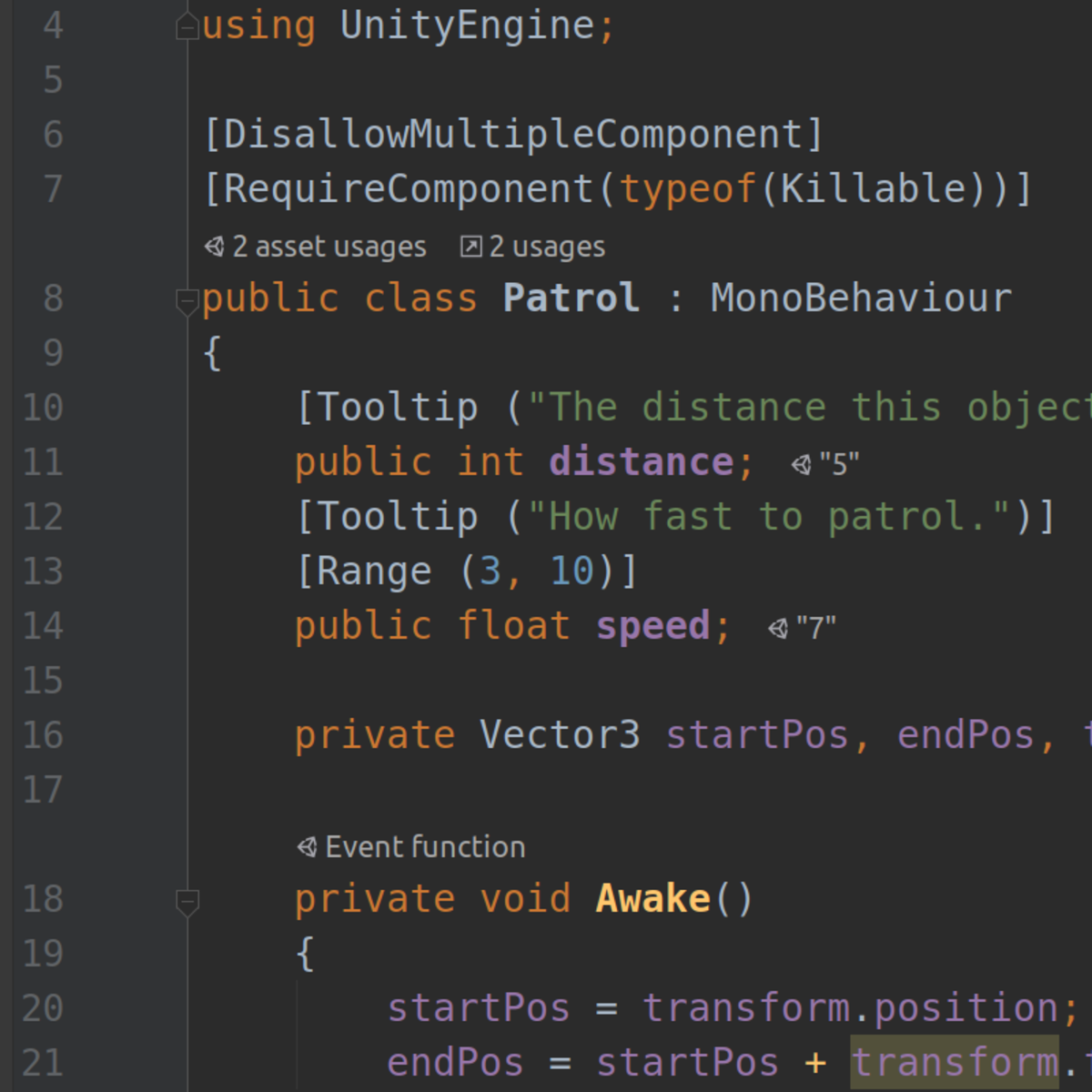
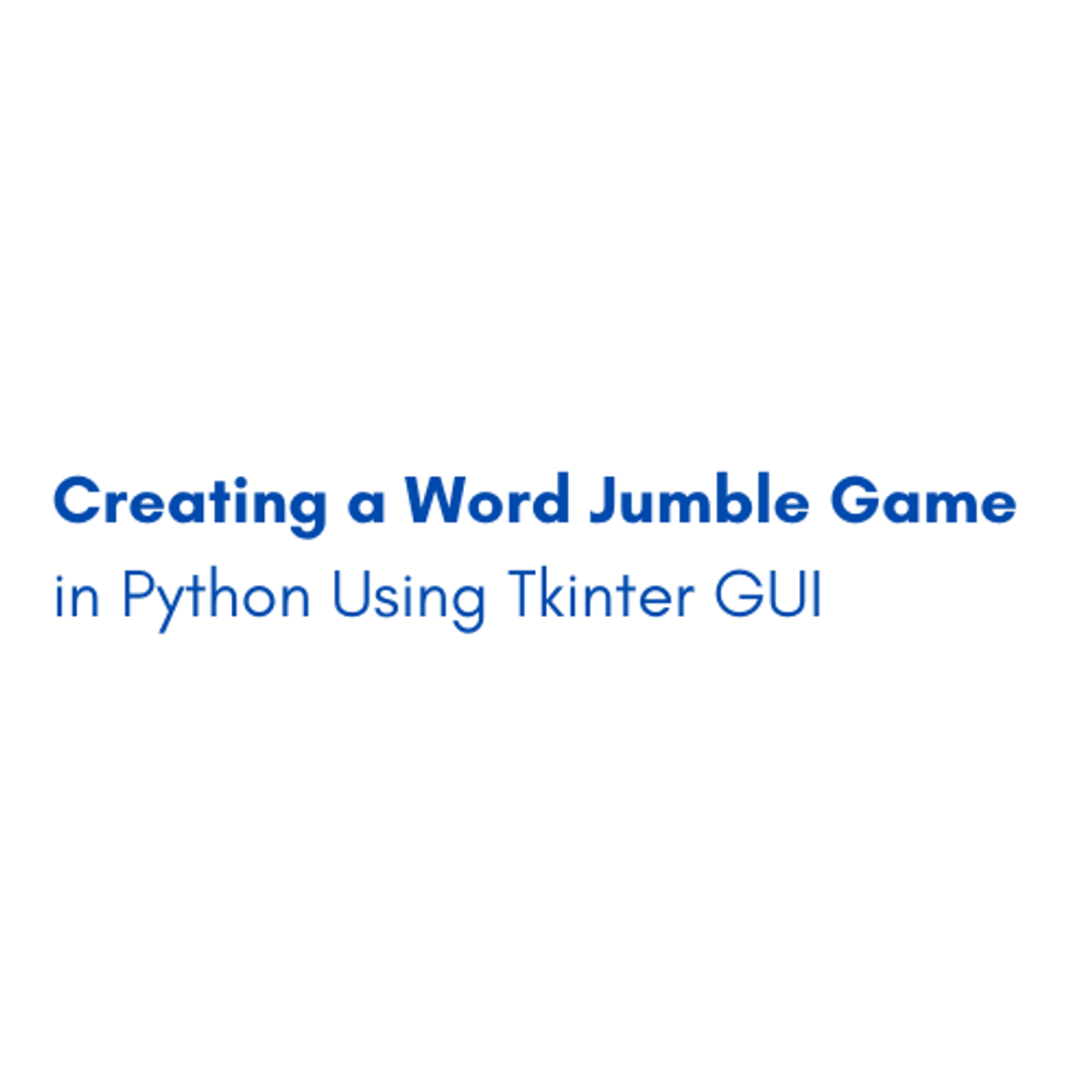
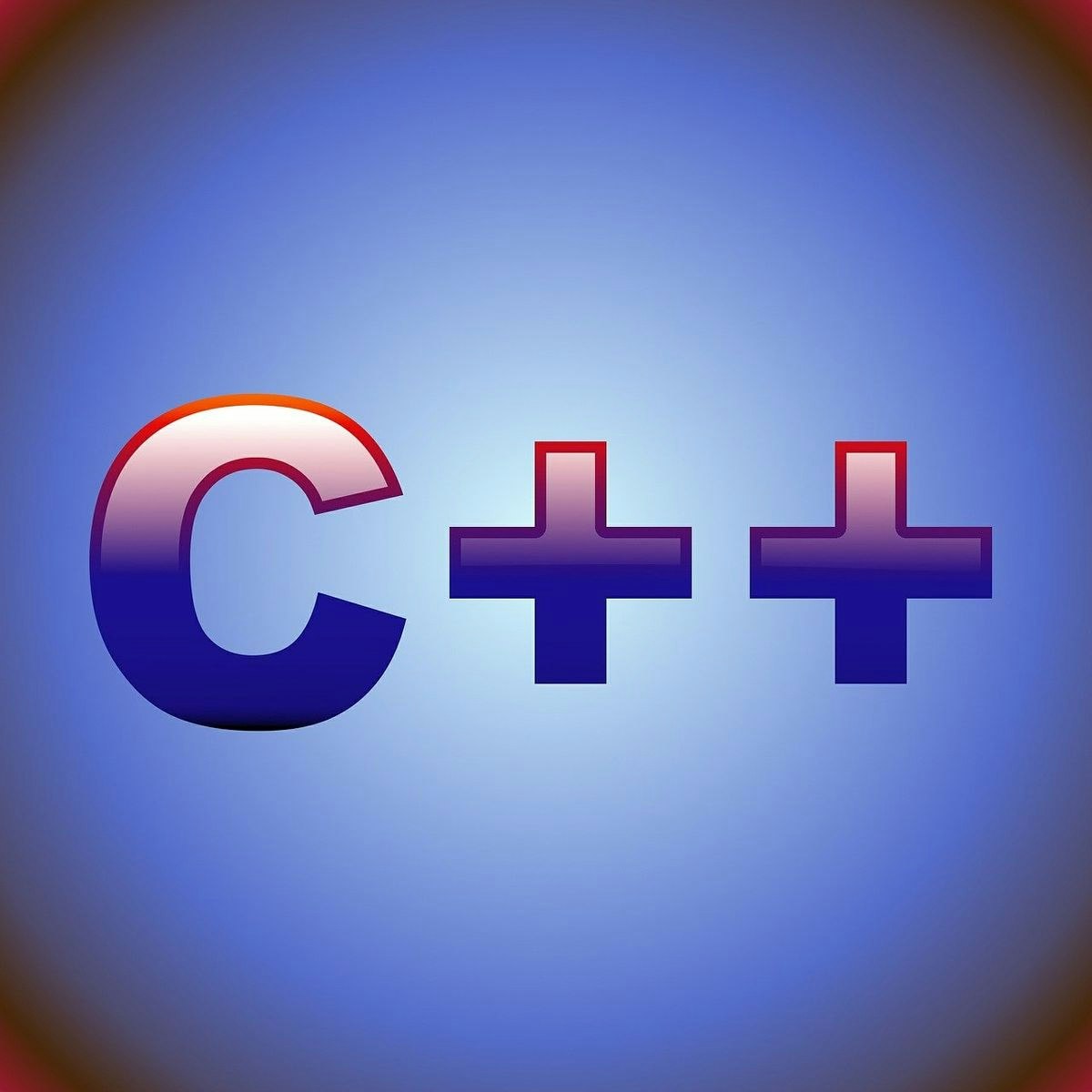
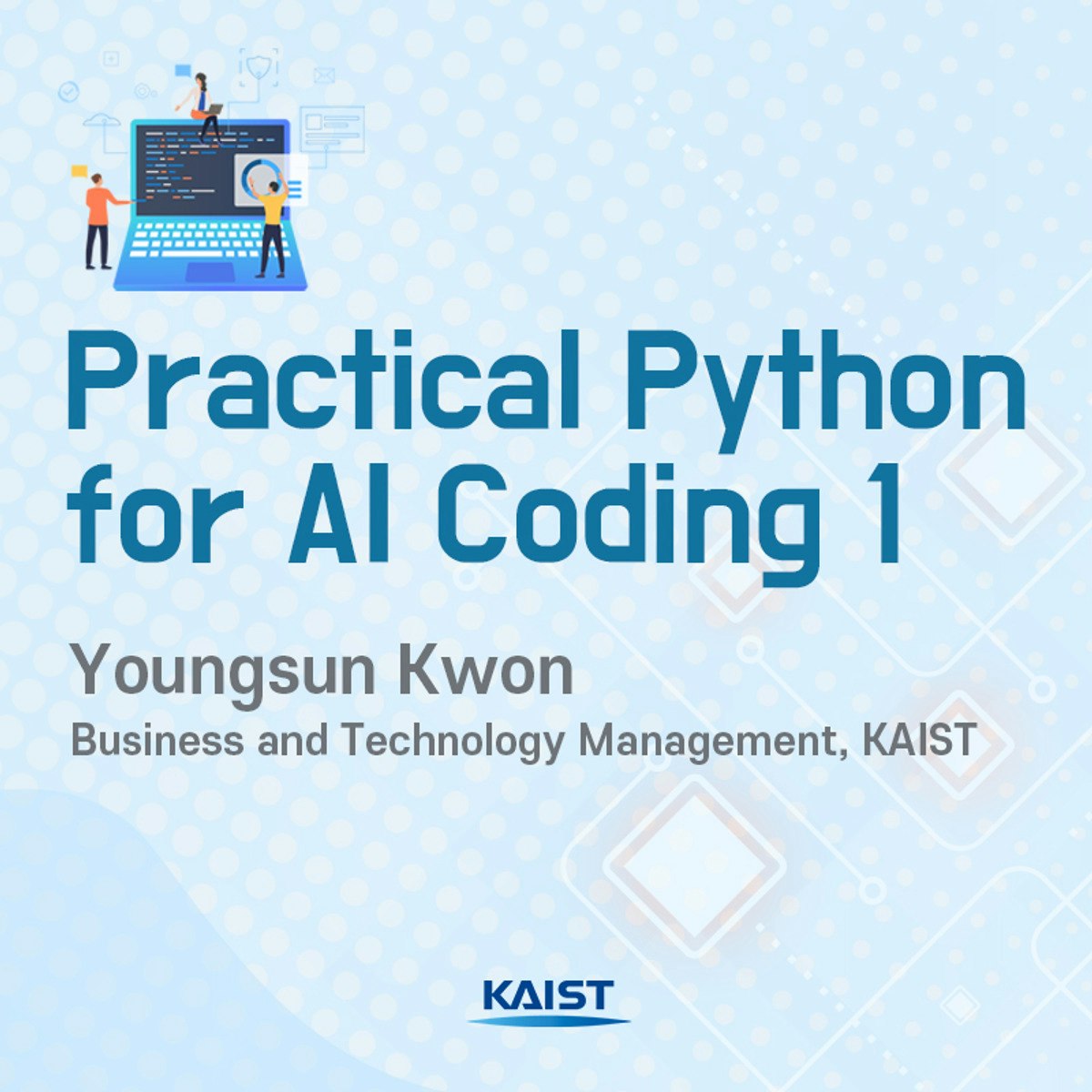


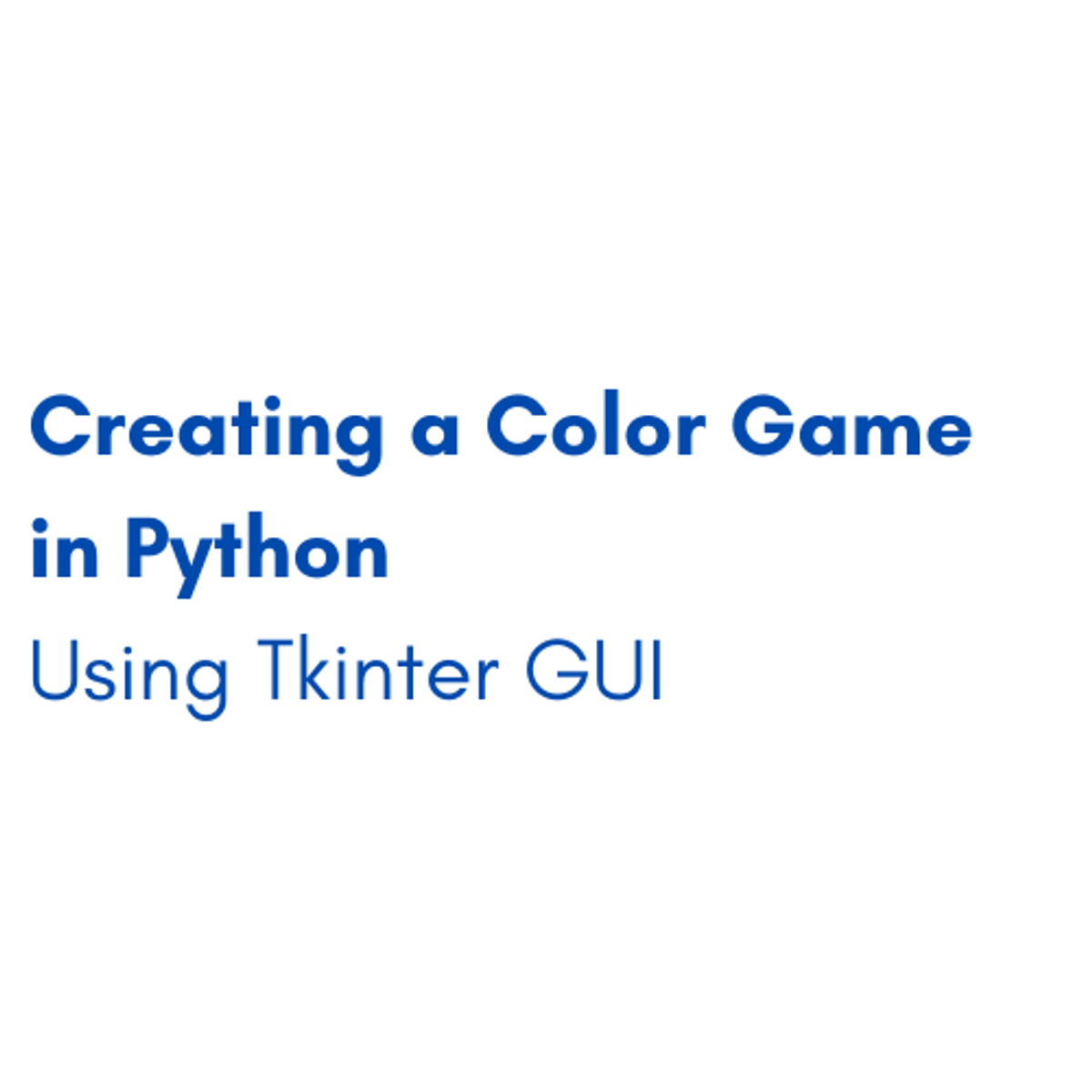


Software Development Courses - Page 105
Showing results 1041-1050 of 1266

3D Models for Virtual Reality
This course will begin your journey to creating Virtual Reality experiences. A Virtual Reality experience is a new world that you step into and are entirely immersed in. Creating a VR experience means creating that world and all the objects in it.
In this course you will learn the basics of 3D graphics: how we create objects and how to lay them out to create an environment. You will learn techniques like materials and texturing that make your objects appear realistic. You will also learn about audio techniques to ensure that your experiences sound great as well as looking great. In all of these topics we will pay attention to the particular requirements of Virtual Reality, including pitfalls and performance issues: making sure your environment runs fast enough in VR.
You will learn all of this using the professional game and VR engine, Unity3D. Unity is one of the most used game engine and is a relatively easy, but fully featured, introduction to 3D development.
The course will culminate in a project in which you will create your own VR scene. VR development is something you can only learn by doing it yourself, so working on your project will be the best way to learn.

Create basic behavior with C# in Unity
In this 1-hour, project-based course, you will create a simple game environment and a handful of simple blocks of code called “components” and attach them to game-objects in various configurations. You will develop a foundational understanding of coding in C# and understand the value and power of Unity’s component system. Additionally, you'll learn some simple techniques to make your code more robust and manageable.

Creating a Word Jumble Game in Python Using Tkinter GUI
In this 1-hour long project-based course, you will learn how to be able to create a fully functioning Word Jumble Game using tkinter GUI in python. You will be able to create, add, and customize different widgets using tkinter to create your own functional app. You will also be able to organize the widgets in the tkinter window by creating frames and using the grid method, as well as improve the Game by creating and adding score and time countdown to our game.
Note: This course works best for learners who are based in the North America region. We’re currently working on providing the same experience in other regions.

C++ Decision Programming
In this project you will create an application that yields a zodiac sign based on an input of birth month and day.
The process of making decisions is fundamental in programming, just as it is in real life. A pre-existing condition is evaluated, and a decision is made based on the evaluation. For example, if it is cold outside, a person chooses to wear a coat. If a temperature sensor exceeds a certain threshold, the furnace turns off. In C++, as in other programming languages, a decision construct is used to control the sequence of instructions that are executed under certain conditions. It allows the programmer the power to take certain action based on various input conditions. For example, a grading program will need to assign a certain grade based on a test score.
Note: This course works best for learners who are based in the North America region. We’re currently working on providing the same experience in other regions.

Practical Python for AI Coding 1
Introduction video: https://youtu.be/TRhwIHvehR0
This course is for a complete novice of Python coding, so no prior knowledge or experience in software coding is required. This course selects, introduces, and explains Python syntaxes, functions, and libraries that were frequently used in AI coding. In addition, this course introduces vital syntaxes, and functions often used in AI coding and explains the complementary relationship among NumPy, Pandas, and TensorFlow, so this course is helpful for even seasoned python users. This course starts with building an AI coding environment without failures on learners’ desktop or notebook computers to enable them to start AI modeling and coding with Scikit-learn, TensorFlow, and Keras upon completing this course. Because learners have an AI coding environment on their computers after taking this course, they can start AI coding and do not need to join or use the cloud-based services.

Data-Driven Testing (via Database) with Selenium & TestNG
Selenium is one of the most famous UI test automation tool which works well with the TestNG testing framework.
Data-Driven testing is test design and execution strategy where test data is external to your functional tests. One of the ways is to keep the test data in external source like a database.
The library used to read data from the database (MySql) is JDBC (My Sql Connector)
In this two hours guided project, through hands-on, practical experience, you will go through concepts writing reusable and structure code, writing utilities to read test data from an external source like database, and derive test cases through these test data.

Learn C++ Functions
In this 1-hour long project-based course, you will (learn and understand C++ functions, Develop console applications using C++ functions).
C++ is a great programming language and rich in functions.
We will learn and understand C++ functions , mainly we focus on user defined functions and by the end of this project you will be able to create basic console applications using C++ functions.
Note: This course works best for learners who are based in the North America region. We’re currently working on providing the same experience in other regions.

Creating a Color Game in Python Using Tkinter GUI
In this 1-hour long project-based course, you will learn how to be able to create a fully functioning Color Game using tkinter GUI in python. You will be able to create, add, and customize different widgets using tkinter to create your own functional app. You will also be able to organize the widgets in the tkinter window by creating frames and using the grid method, as well as improve the Game by creating and adding score and time countdown to our game.
Note: This course works best for learners who are based in the North America region. We’re currently working on providing the same experience in other regions.

Data-Driven Testing (via spreadsheet) with Selenium & TestNG
Selenium is one of the most famous UI test automation tool which works well with the TestNG testing framework.
Data-Driven testing is test design and execution strategy where test data is external to your functional tests. One of the ways is to keep the test data in external files like Excel sheets.
The library used to read data from the excel sheet is POI from Apache
In this two hours guided project, through hands-on, practical experience, you will go through concepts writing reusable and structure code, writing utilities to read test data from an external source like Excel sheets, and derive test cases through these test data.

The Raspberry Pi Platform and Python Programming for the Raspberry Pi
The Raspberry Pi is a small, affordable single-board computer that you will use to design and develop fun and practical IoT devices while learning programming and computer hardware. In addition, you will learn how to set up up the Raspberry Pi environment, get a Linux operating system running, and write and execute some basic Python code on the Raspberry Pi. You will also learn how to use Python-based IDE (integrated development environments) for the Raspberry Pi and how to trace and debug Python code on the device. Please note that this course does not include discussion forums.
Popular Internships and Jobs by Categories
Browse
© 2024 BoostGrad | All rights reserved


